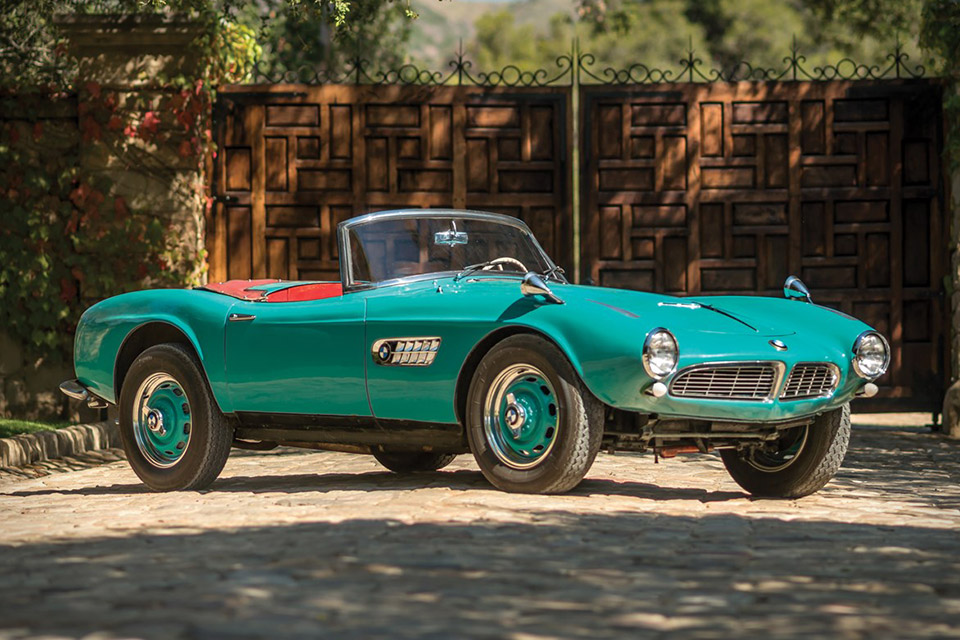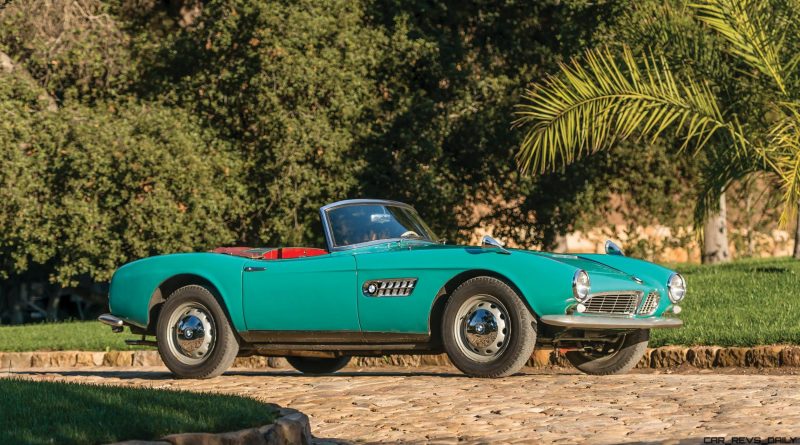1957 BMW 507 Roadster Series I
Meet Munich’s Dream Sports Car
BMW 507 history in a nutshell: Many people consider it the most beautiful car in the German marque’s catalog—and it almost led to the collapse of Bavarian Motor Works.
Predestined to be the economical choice against the highly regarded Mercedes-Benz 300SL, the BMW 507 Roadster made its American debut at the Waldorf-Astoria Hotel in New York City in the summer of 1955. Lauded as the most beautiful car in the world even before it reached the U.S., the BMW 507 when first shown in Europe swiftly became known as Munich’s dream car.
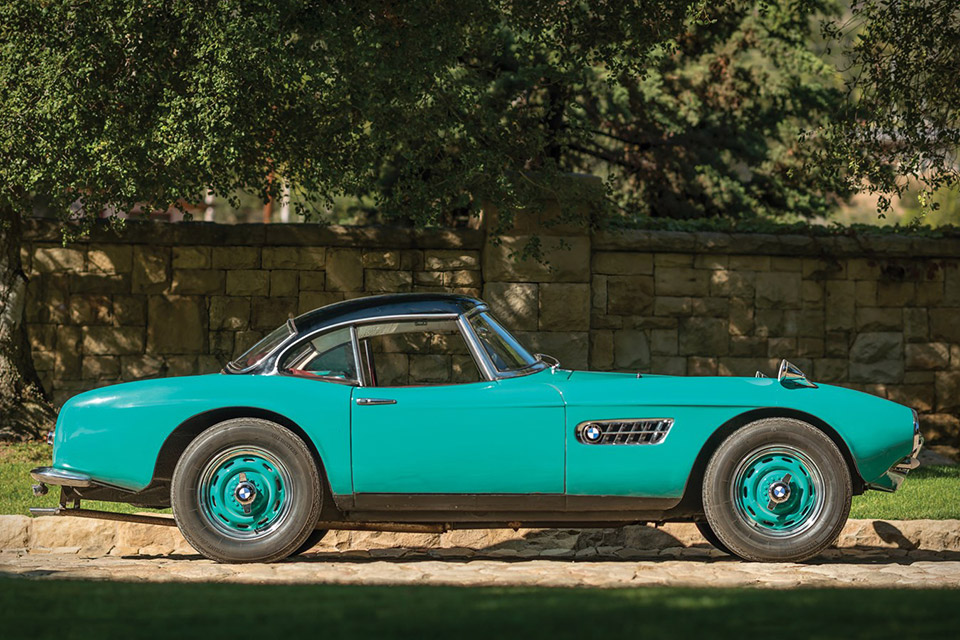
The BMW 507’s broader history: At the recommendation of New York-based luxury European car dealer and importer Max Hoffman, BMW hired industrial designer Albrecht von Goertz to design a sports car tailored for American buyers. Hoffman, also responsible for influencing development of the 300SL Gullwing, envisioned a sports car that would be the middle child between the low-cost MG and expensive Mercedes-Benz Gullwings. So, von Goertz created a roadster that would captivate souls and pierce the hearts of anyone who laid eyes on it.
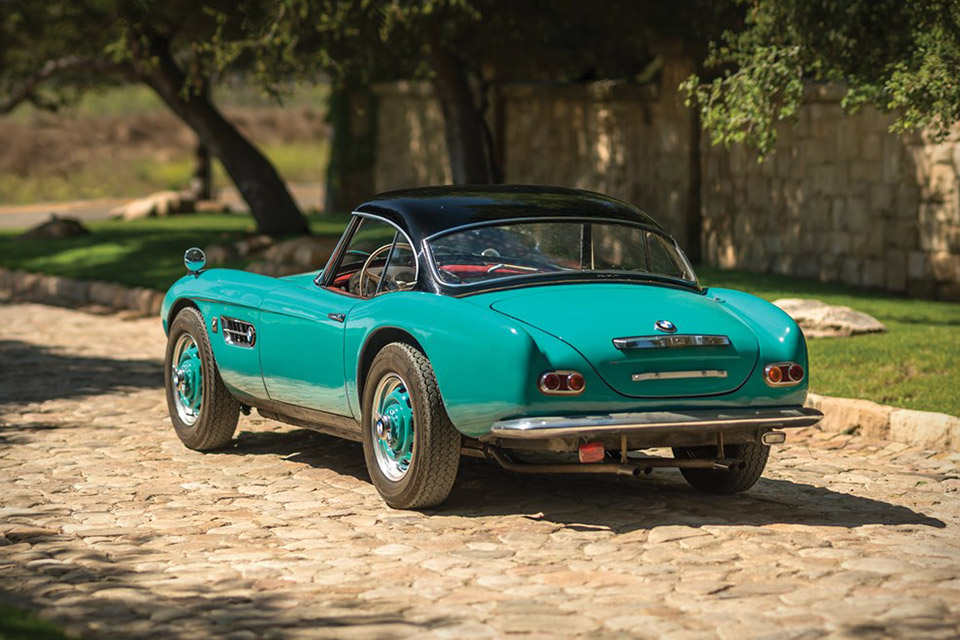
Utilizing components from the BMW 502 and 503 series of automobiles, mainly the 3.2-liter overhead-valve V-8 engine, which featured an aluminum block and was uprated to feature twin carburetors to deliver a refined 148 brake horsepower, the 507 certainly had the underpinnings of a sports car. With a four-speed synchromesh gearbox and large Alfin drum brakes to help manage the car’s horsepower, the BMW 507 offered brisk horsepower and performance. It was capable of reaching top speeds of 123–135 mph, dependent on the gear ratio selected, and could accelerate from 0–60 mph in less than 10 seconds. Although BMW did not build the 507 with motorsport in mind, several examples found themselves driven in competition as some of the world’s most arduous racing events, including the Tour de France and the Mille Miglia.

Design was left to Count Albrecht von Goertz, a protégé of designer Raymond Loewy. He crafted truly exceptional bodywork for the car, a design which is considered to this day to be one of BMWs finest. The long, sweeping lines of the 507 began at the front with the low, sensuous nose featuring a stylish version of the now trademark BMW ‘twin kidney’ grille and a narrow chrome bumper. The theme of feline grace continued along the front of the car with sculpted wings featuring ‘shark gille’ vents complete with the BMW emblem. An elegant chrome rear bumper and twin exhausts gave the car a sporting tail.

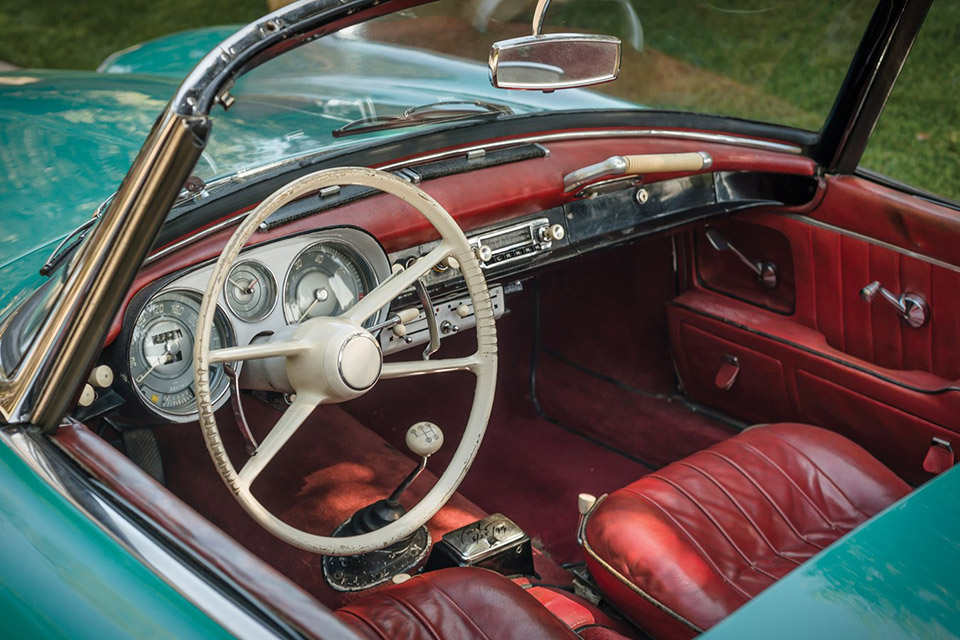
Many enthusiasts today argue that the 507 would have put BMW out of business had it not been successful selling microcars and motorcycles to offset the car’s extreme cost. However, at the same time, the BMW 507 undoubtedly helped to rekindle the company’s sporting reputation. In that regard, the 507 set BMW on a course which undoubtedly helped to steer it toward its current reputation today of building quality, performance-oriented luxury automobiles. Without it, BMW would certainly be a very different company than the company we know and love today.
